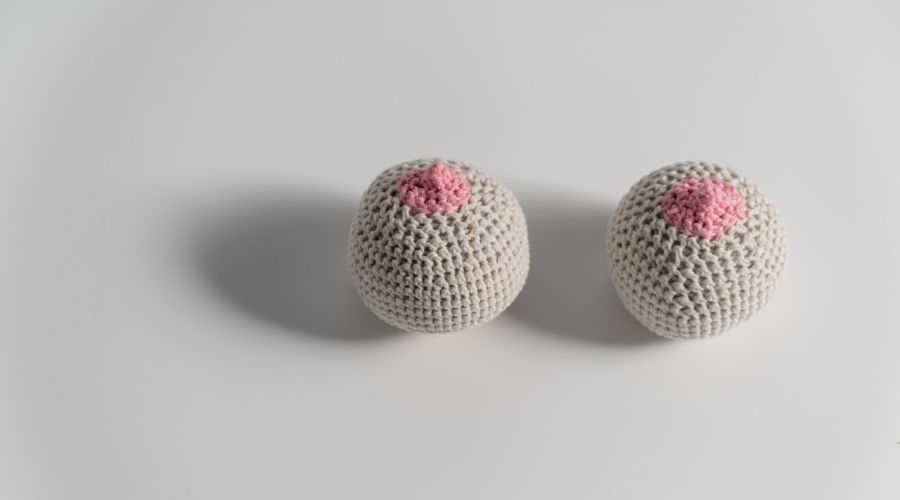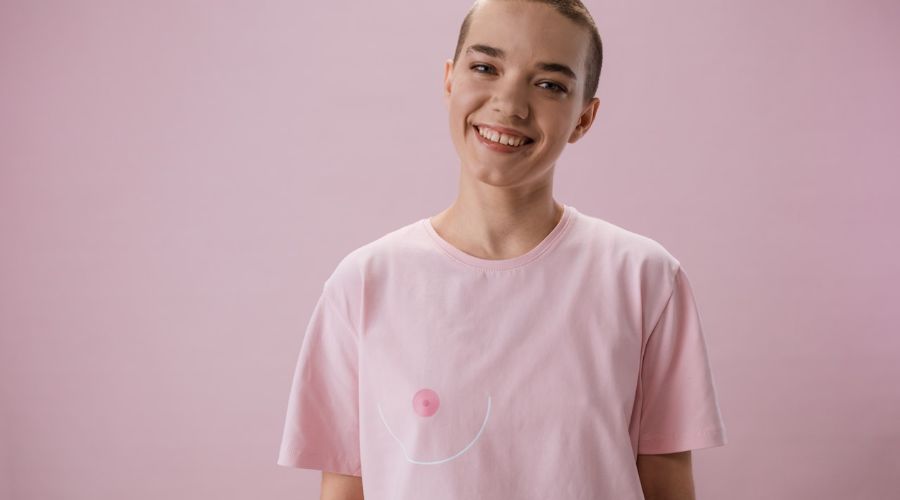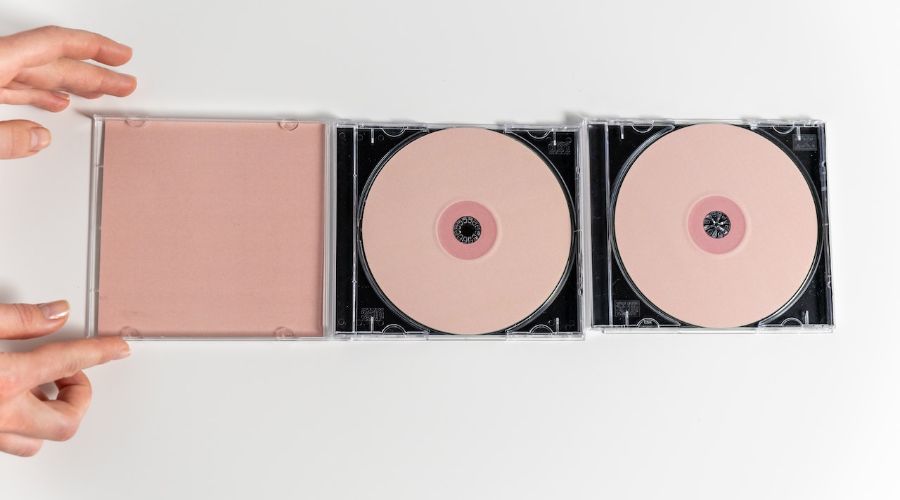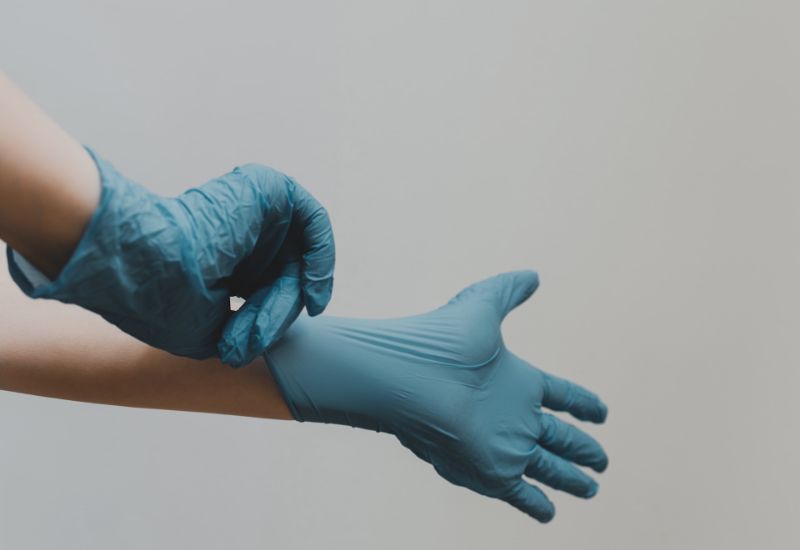
Getting any form of surgery is not without its risks.
Breast surgery is no different.
When receiving breast augmentation surgery you might have heard of a potential risk for capsular contracture to occur.
Capsular contracture is particularly noticeable when it comes to breast implants which is why it can be such an issue for patients.
As well as affecting the aesthetics of your breasts, capsular contracture can lead to a rupture of gel implants which could then lead to an infection.
In this article, we’ll take a look at what it is, who’s at risk and the treatment options available should you experience it.
What is capsular contracture?
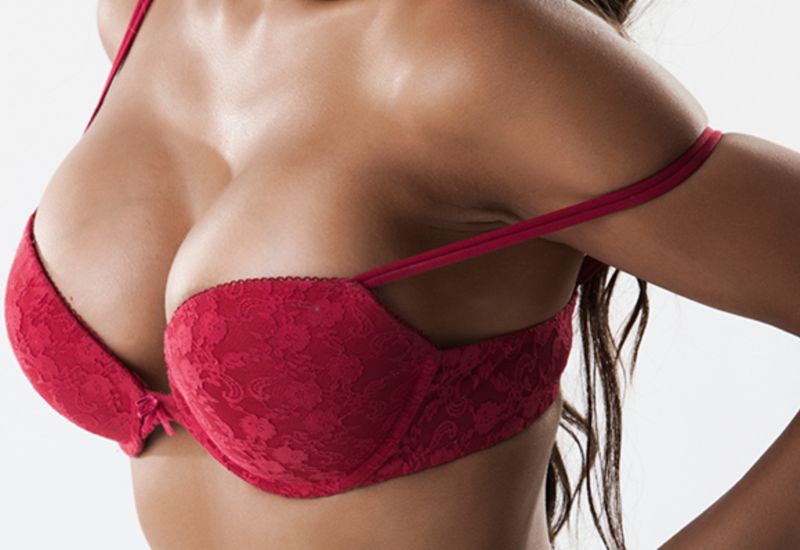
When foreign objects enter your body, its natural response is to surround it in a natural barrier of scar tissue, this is capsular contracture.
Breast implants are seen as foreign objects by the body so they will naturally cover them in such a barrier, which isn’t necessarily a bad thing. It’s the body’s natural response after all.
This barrier is usually soft but firm and can keep the implant in place and prevent slippages. Where things start to get complicated is when the scar tissue that forms gets unusually hard.
If this happens then complications can occur.
The breast implants can get contracted by the hard scar tissue leading to aesthetic issues, implant ruptures and even pain in the breasts.
Everyone has their own unique soft tissue composition, which means that the healing process for each patient can differ.
Which is why it is difficult to predict who will suffer more with capsular contracture.
Some patients might develop deep scar tissue after skin penetration, while others may develop subtle scarring that can fade over time.
You can see a great example of this when a woman is pregnant.
Some women develop minimal to no scarring due to stretch marks, while others develop deep scarring.
Capsular contracture is also linked to the immune system which again differs from person to person. Some patients will have a bad immune reaction to their implants while others won’t.
This is why it is advised that patients who have an autoimmune disease or who have an immunity issue should not go under the knife and opt for less invasive procedures.
The severity of capsular contracture using a grading system
As discussed each patient can react differently when it comes to capsular contracture. This is why medical experts will use a grading system to measure the severity.
It’s important to know the severity so patients can receive the right course of action.
The grades for capsular contracture are graded using the Baker classification system and are as follows:
- Baker l – This would be classed as a ‘normal’ case of capsular contracture. The patient will develop scar tissue around the implant but it will not cause any complication nor interfere with it. The breasts will look natural as they are supposed to.
- Baker ll – At this grade, there will be minor cosmetic interference caused by capsular contracture. The breasts may look mostly natural and they will also be slightly firm.
- Baker lll – Now there should be a noticeable difference in the firmness of the breasts. The breasts may also have some visual distortion making them look less natural than they should. The breasts may even have misshapen nipples. Although the cosmetic elements may look out of order, there should be little to no pain at this grade.
- Baker lV – Baker lV will have all the attributes of Baker lll with the main difference being breast soreness. Along with misshapen and unnatural-looking breasts, they will feel tender and sore to touch.
How common is capsular contracture?
Capsular contracture is a natural response from the body so there is always a chance that it could happen, although, the more severe cases are less common.
One study conducted in 2015 found that capsular contracture had an overall incidence of 10.6%.
Also, according to the American Society of Plastic Surgeons, around 75% of all capsular contracture occurs within the first 2 years of the patient’s implants being placed.
However, capsular contracture can develop many years after surgery, although this is only in rare cases.
What are the causes of capsular contracture?

The cause of capsular contracture can vary from patient to patient. Capsular contracture can occur not just for breast implants but any kind of medical implants.
Here are the most common causes of capsular contracture:
Genetics
As discussed, each person will have their own soft tissue composition. This composition will be part of your overall genetic makeup which is passed down from your parents.
Genetics can play a huge role in how your body responds to implants.
For example, if you have family members that have a history of autoimmune diseases then undergoing breast implant surgery may not be for you.
This is because your immune system has a role to play when it comes to placing foreign objects in the body, which allows capsular contracture to take place.
The same can also be said for any family member who has a history of developing thick scar tissue after cuts to the skin.
Blood
When surgery is performed there is a risk for hematomas and seromas to occur.
- Hematoma – This is when blood gathers on the outside of the blood vessels and becomes solid.
- Seromas – When fluids swell in the place of a surgical incision of tissue removal.
This rich supply of blood which can build up near the breast implant area can be a rich supply of nutrients to bacteria that may also be there. Which can lead to a possible infection.
Bacteria
Undergoing any type of surgery leaves you open to risks of infection. This means bad bacteria could enter the breast cavity when the implants are being inserted.
This bacteria can attach itself to the implant material and create a Biofilm.
A Biofilm is a complex and organised community of microorganisms (such as bacteria, fungi, and sometimes algae) that adhere to surfaces and grow together within a slimy, extracellular matrix.
Biofilms can form on a wide range of surfaces, including natural environments like rocks and rivers, as well as man-made structures such as pipes, medical devices, and breast implants.
They can also develop on living tissues, causing infections in humans and animals.
The body will produce more fibrous scar tissue as a way to fight this infection caused by the Biofilm, leading to capsular contracture.
A recent study conducted on pigs implanted with medical-grade silicone implants provided support for the biofilm theory regarding capsular contracture.
This research demonstrated an increase in the likelihood of capsular contracture in pigs that had staph bacteria on their skin at the time of implant placement.
It’s important to emphasise that the presence of staph contamination during breast augmentation surgery does not necessarily indicate an unclean working environment.
Some individuals naturally carry staph bacteria on their skin without experiencing any symptoms.
It’s only when these individuals undergo procedures that breach the skin that the bacteria have an opportunity to cause issues.
While maintaining a sterile working environment can certainly reduce the risk of staph contamination, it’s not always feasible to completely eliminate all the bacteria present.
What are the signs of capsular contracture?

Capsular contracture shows various signs and symptoms, and these can vary in severity. The severity of capsular contracture is often classified using the Baker Grading System, as previously mentioned.
Here are common signs and symptoms associated with capsular contracture:
- Breast Firmness – One of the hallmark signs of capsular contracture is increased breast firmness. The affected breast may feel noticeably harder compared to the other breast or how it felt initially after surgery.
- Breast Discomfort or Pain – Some individuals with capsular contracture experience discomfort or even pain in the affected breast. This discomfort can range from mild to more severe.
- Breast Shape Changes – Capsular contracture can lead to changes in breast shape or appearance. This may include breast distortion, asymmetry, or a noticeable difference in the position or contour of the breast compared to the other side.
- Breast Implant Palpability – In more severe cases of capsular contracture, the breast implant may become palpable or easily felt through the skin, which is not typical in normal breast augmentation outcomes.
- Breast Skin Changes – The skin overlying the affected breast may appear stretched, tight, or dimpled due to the increased firmness and distortion caused by the thickened capsule.
- Breast Sensation Changes – Some individuals may notice changes in breast sensation, such as increased sensitivity or numbness, although these changes are less common.
- Breast Size Changes – Capsular contracture can sometimes result in changes in breast size due to the compression of the implant within the constricted capsule.
- Pain or Discomfort with Implant Movement – Movements of the affected breast or physical activities that compress the breast may cause discomfort or pain.
It’s important to recognise that not all individuals with capsular contracture will experience all of these signs and symptoms, and the severity can vary.
What is involved in the treatment of capsular contracture?
Treating capsular contracture can be categorised into 2 sections. Non-surgical treatments and surgical treatments.
Non-Surgical treatments
- Ultrasound – Ultrasound treatments can be used to soften the scar tissue in some cases. This particular study shows a series of 52 patients who were treated solely with ultrasonic applications for capsular contracture, and 82.6% presented improvement at the 1-year follow-up.
- Nonsteroidal anti-inflammatory drug (NSAID) – Anti-inflammatory medications and medications have been used to treat capsular contracture. This particular study showed 68% of patients with capsular contracture showed improvements when given the NSAID known as diclofenac epolamine. Another study showed that anti-inflammatory medications and medications like leukotriene inhibitors (e.g. Zafirlukast) have been used to manage capsular contracture. However, their effectiveness can vary, and they are often considered for less severe cases.
- Breast Massage – Some surgeons recommend gentle breast massage techniques to help soften the scar tissue and potentially prevent further capsular contracture. This is typically more effective in the early stages.
Surgical treatments
- Capsulotomy – This surgical procedure involves making incisions in the thickened capsule to release the constriction. Capsulotomy can provide relief by loosening the capsule and allowing the implant to settle more naturally. However, it does not remove the capsule entirely.
- Capsulectomy – Capsulectomy is a more extensive surgical procedure in which the entire scar tissue capsule is removed. This is often necessary in cases of severe capsular contracture or when the contracture keeps recurring.
- Implant Replacement – In many cases, the surgeon may replace the breast implant during a capsulectomy procedure. This helps reduce the risk of capsular contracture recurrence.
- Implant Removal – In more rare cases the surgeon may have to completely remove the implant altogether if previous treatments have not been successful.
How to prevent capsular contracture?
Patients unfortunately cannot be protected from capsular contracture in every instance but there are measures that can be used to minimise the risk of it.
These include:
Patient screening
If patients are pre-screened appropriately before they go under the knife then any potential complications can be detected. An example is if the patient is a smoker.
Smoking can cause the formation of hematomas in patients which is directly linked to a higher chance of capsular contracture.
Choose a skilled surgeon
Undergoing any surgical procedure has its risks, therefore you want a surgeon with a stellar record and an abundance of experience to carry out procedures such as breast augmentations.
Something we at New Birkdale Clinic can assist you with thanks to our world-class medical staff.
Appropriate implant size
Placing an implant into a patient that is significantly bigger than their previous breast size will mean they have less natural breast tissue to cover them.
If this happens it can lead to capsular contracture.
Therefore it’s better to place an appropriate sized implant in.
And if the patient wants bigger breasts then they can build up to that size in stages.
Minimise bleeding
If the surgeon can minimise bleeding during surgery then there is less chance of hematoma occurring.
Implants handled less
Implants are foreign objects that are placed within the body and left in there for years at a time. These objects can therefore be susceptible to coming into contact with various external foreign bodies such as bacteria.
The more an implant is handled, the more chance of harmful bacteria latching onto the implant. Minimising who handles the implant may help it remain sterile when entering the body.
Textured gel implants
It has been shown that textured implants allow for capsular contracture to occur less frequently when compared with smooth-surfaced ones.
In this particular study, 59% of patients with smooth-surfaced implants developed capsular contracture, compared with 11% for those who had textured ones.
Implant type
The type of breast implant used can influence the risk of capsular contracture. Studies have shown that silicone implants increase the risk of capsular contracture. Whereas there is a lower risk associated with saline implants.
Submuscular implants
Placing the breast implant underneath the muscle of the chest (submuscular implants) is proven to reduce the risk of capsular contracture.
This particular study suggested that the incidence of contracture developing is lower with the use of submuscular placement implants.
Massage
Gently massaging your breasts during the healing process following breast augmentation surgery could potentially promote breast tissue flexibility and reduce the risk of capsular contracture.
This particular study showed massage techniques may help reduce capsular contracture.
Experts at treating capsular contracture of the breast implant
At New Birkdale Clinic we’ve delivered over 10,000 consultations and highly specialised surgical procedures, which includes breast augmentation surgery.
Thanks to our vast experience and expert knowledge we have some of the world’s finest surgeons to carry out such procedures.
Our staff only use the most effective techniques and latest technology to conduct any of our surgeries.
If you would like to find out more about our breast augmentation surgery then please contact us today and we can arrange an initial consultation with one of our surgeons.




